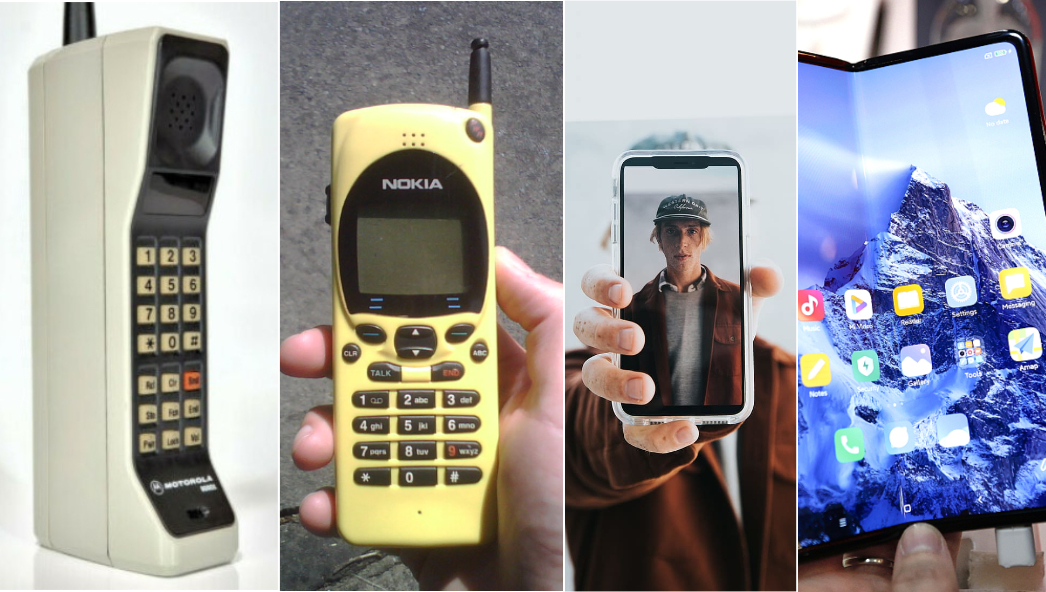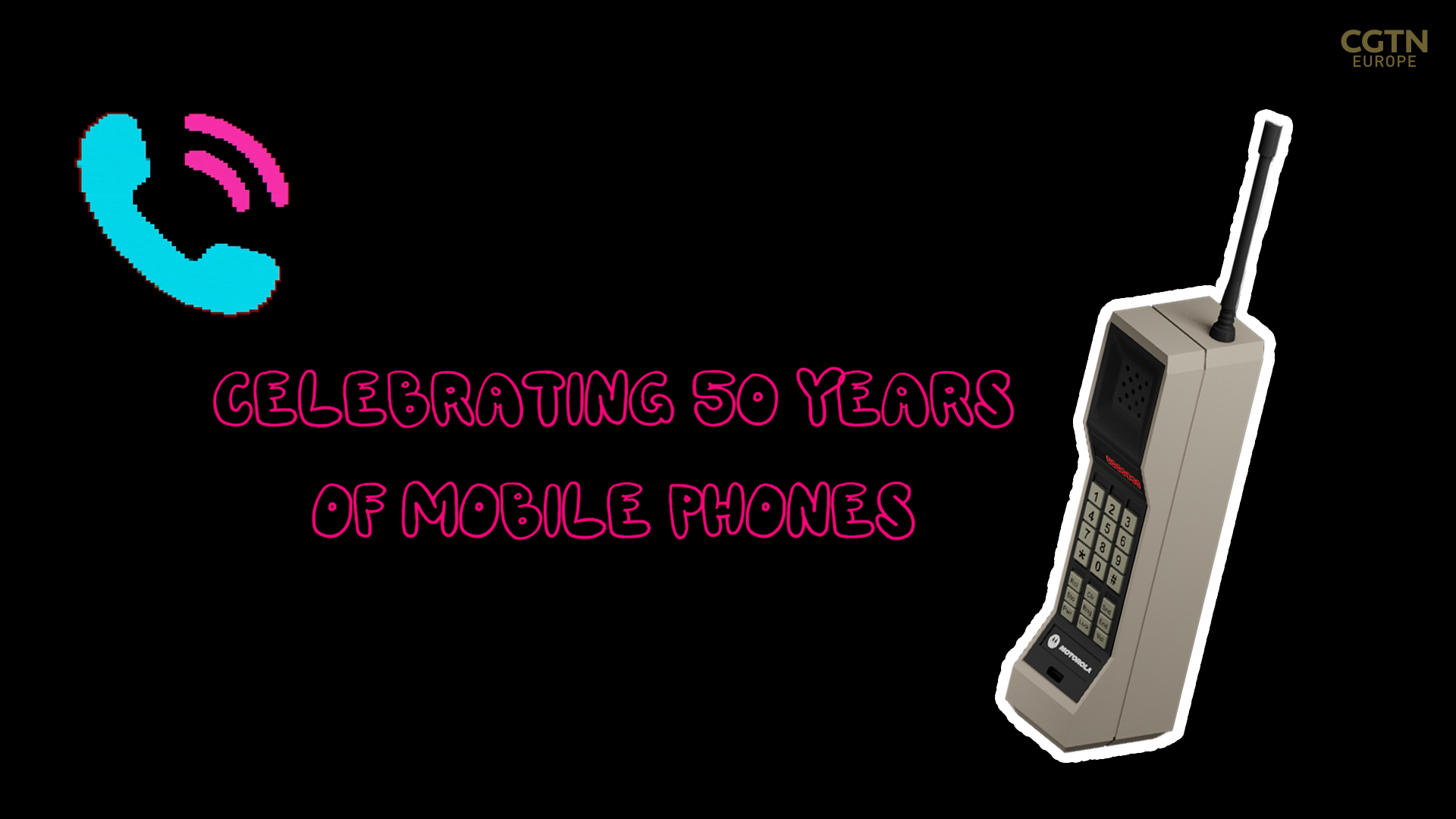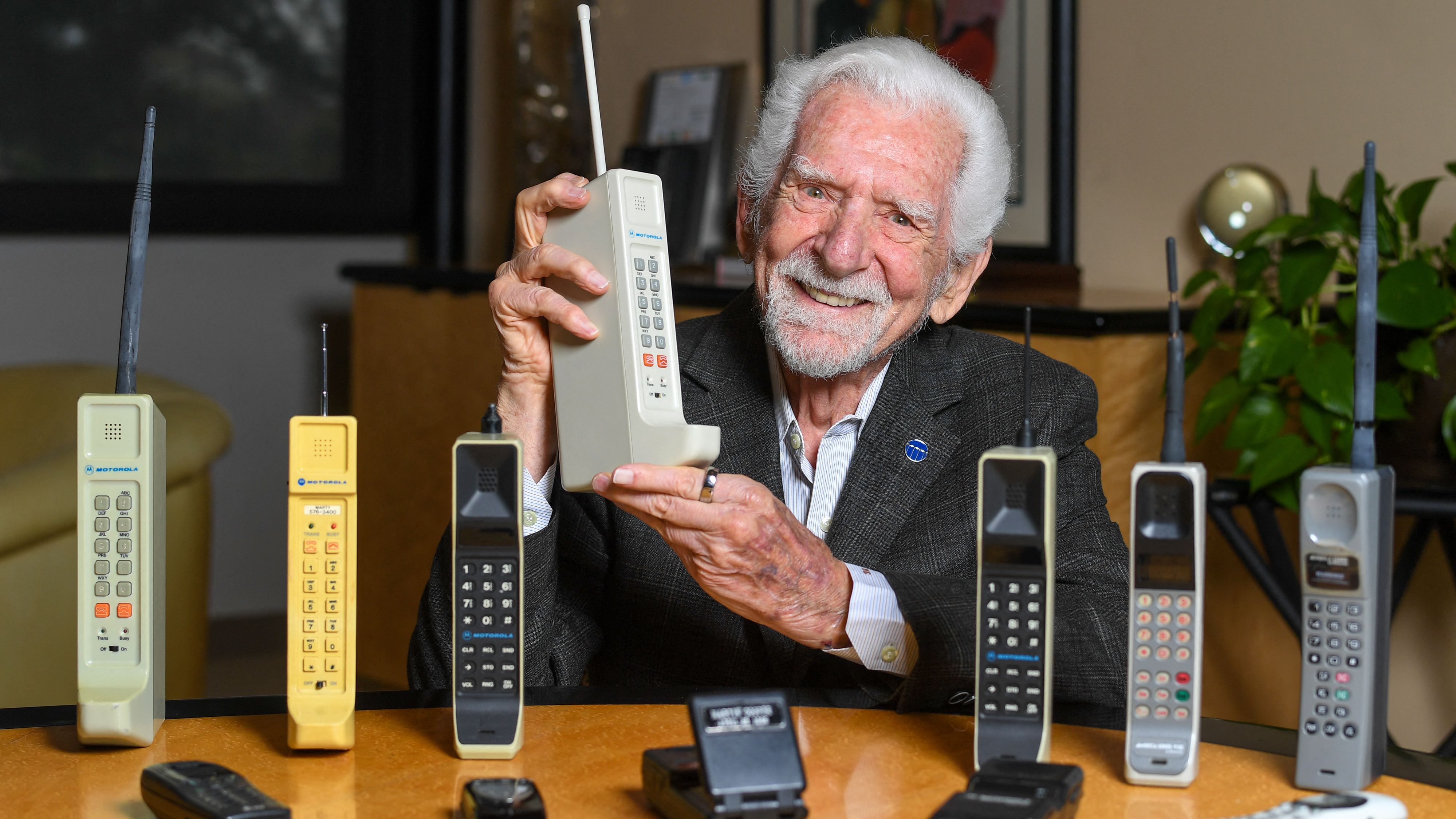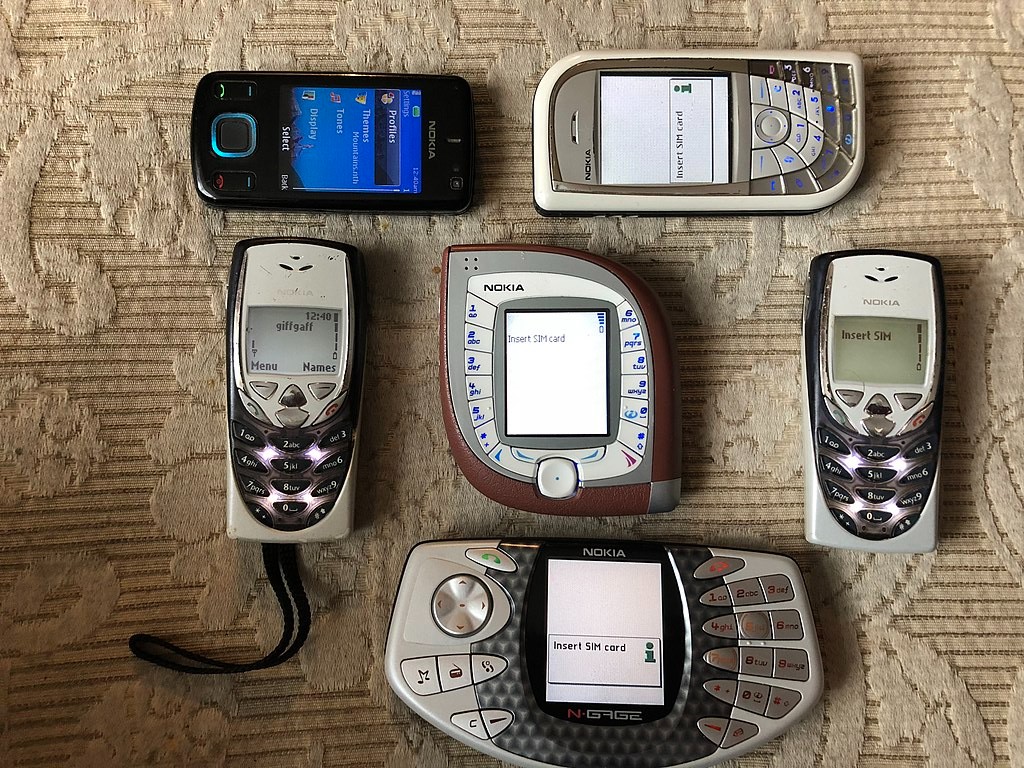
The mobile phone has come a long way over 50 years of incredible evolution.
The mobile phone has come a long way over 50 years of incredible evolution.
"I said, 'Joel, this is Martin Cooper. I'm talking to you on a handheld cellphone. But a real cellphone, personal, portable, handheld.'"
It was April 3, 1973. Cooper was a Motorola engineer in California and after three months of developing a mobile phone, he called his arch rival from Bell Labs in New York. Bell Labs had built a car phone, but a cellular system was proving tricky because of the huge battery size.
Cooper was holding a brand new device called a DynaTAC and waited for a response from Joel Engel.
"There was silence on the other end of the line," Cooper added. "I think he was gritting his teeth."
It was quite the brag, but quite the achievement, despite the phone weighing over a kilogram with a battery life of 25 minutes. Fifty years on, four in five people worldwide have a mobile phone, with over six billion of these being smart devices. Many of us panic at the thought of not clutching our device.
02:19

So how have we got to this? Here is a quick guide to the evolution of the mobile phone that research shows many of us look at over 150 times a day.
1979 – Japan launches the first ever commercially available automated cellular network. It was only for cars though. This is often described as 1G.
1983 – Motorola starts selling the DynaTAC 8000X in the U.S. for a cool $3,995 – and it quickly becomes a huge status symbol. Nicknamed 'The Brick,' it weighed around a kilogram and measured 33 centimeters.

Engineer Martin Cooper holds a copy of the mobile phone he used to make the first cell call to his competitor 50 years ago. /Valerie Macon/AFP
Engineer Martin Cooper holds a copy of the mobile phone he used to make the first cell call to his competitor 50 years ago. /Valerie Macon/AFP
1992 – Mobiles had been restricted to business use, but mass production enabled the rise of cost-effective consumer handsets with digital displays. The simple yet distinctive Nokia 1011 was one of the first to take advantage of this.
In December, Vodafone employee Richard Jarvis received the first text message. His computer wished him "Merry Christmas." This message later sold at auction in the form of an NFT in 2021 for $150,000.
1997 – Finnish brand Nokia continued its innovation push with the 6110 model, introducing mobile games to the masses with Snake. Two years later the 7110 was the first phone to use wireless networks for browsing, and then the 3210 brought predictive writing to the world.
Although it only offered four colors, the Siemens S10 brought mobile phone displays to life for the first time in 1997. The same year Hagenuk launched the GlobalHandy, the first device without an external aerial.
2000 – Sharp launched the world's first cameraphone, the J-SH04 – the first to have a built-in back camera. It was only available in Japan but signalled the start of the public's obsession with phone photography. Video-calling was also starting to be developed.

Nokia led the way at the turn of the century. /ScottH-NP/Wikimedia Commons
Nokia led the way at the turn of the century. /ScottH-NP/Wikimedia Commons
2001 – Third-generation networks allowed high-speed internet access. A year later Sony Ericsson released the T68i and its clip-on camera. Western markets were beginning to get very excited about cameraphones.
2007 – Wiping and scrolling replaced the traditional button method of input. The LG Prada was the first touchscreen to market, but then up stepped Apple and its first iPhone in May.
"Today, Apple is going to reinvent the phone," said Steve Jobs as he presented the new device to a shrieking audience. He promised an iPod, a phone and an "internet communicator" all in one device. It hit the shops the following year, selling for up to $599.
The same year, the HTC Dream was revealed and became the first smartphone released with Google's Android operating system.
2009 – Messaging was the new buzz word. WhatsApp launched and was quickly followed by many other messenger apps, such as Viber, WeChat, Telegram and Signal. These internet-based apps would soon become more popular than the traditional SMS.
The technology had moved on to fourth generation with Stockholm the first city to offer users very high-speed 4G coverage. The UK's first 4G service launched in 11 cities by EE in 2012 taking download speeds up to 12mbps.

Steve Jobs presents the gamechanging Apple iPhone. /Paul Sakuma/AP
Steve Jobs presents the gamechanging Apple iPhone. /Paul Sakuma/AP
2011 – It was time for voice recognition capabilities. First came Google Voice and then Apple launched Siri, allowing Apple users to send messages, set appointments, make calls and search the internet by asking their phone. Google and Amazon developed their own voice assistants.
In the same year, there was "emoji" fever.
2019 – South Korea became the first country with fifth-generation networks offering superior data speeds and reliability, ultra-high-resolution video streaming and mobile gaming.
Samsung and China's Huawei have gone on to be major manufacturers of foldable screen smartphones.
2023 and beyond – It is expected the next smart devices will be charged wirelessly over the air with the use of radio waves, which is better for the environment. Solar power could be another possibility. Sixth-generation technology is likely to be ready in 2030, offering download speeds 50 times faster than 5G.
China is taking the lead in this tech – over 40 percent of the patents in this field are Chinese. One space engineering school in Beijing has managed to broadcast more than 10,000 high-definition videos simultaneously.
In 2022, mobile technologies and services generated 5.5 percent of GDP in China, according to the Global System for Mobile Communications. It was a contribution worth $1.1 trillion of economic value: Smart phones are big business.
READ MORE
A blizzard indoors? It's snow joke!
Salt and water battery could wean millions off gas
World fails to meet 1.5°C target but 'solutions ready'
Folding and transparent phones will be developed further. Artificial Intelligence will also soon be the hub of a suite of smart devices such as entertainment, connected cars or helping with your shopping choices. Holographic displays and no buttons are also likely to be the norm.
But what's the reaction of Martin Cooper, the American engineer dubbed the 'Father of the cell phone'? Not entirely positive.
"I'm devastated when I see somebody crossing the street looking at their phone," said Cooper, now 94. "After a few people get run over by cars, they'll figure it out. They'll learn how to use the cell phone more effectively. Humans sooner or later figure it out."
The phones are getting smarter, but are the humans?
Subscribe to Storyboard: A weekly newsletter bringing you the best of CGTN every Friday
Source(s): AFP